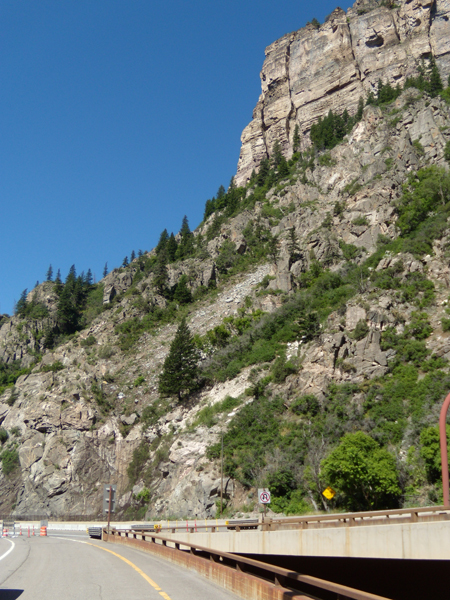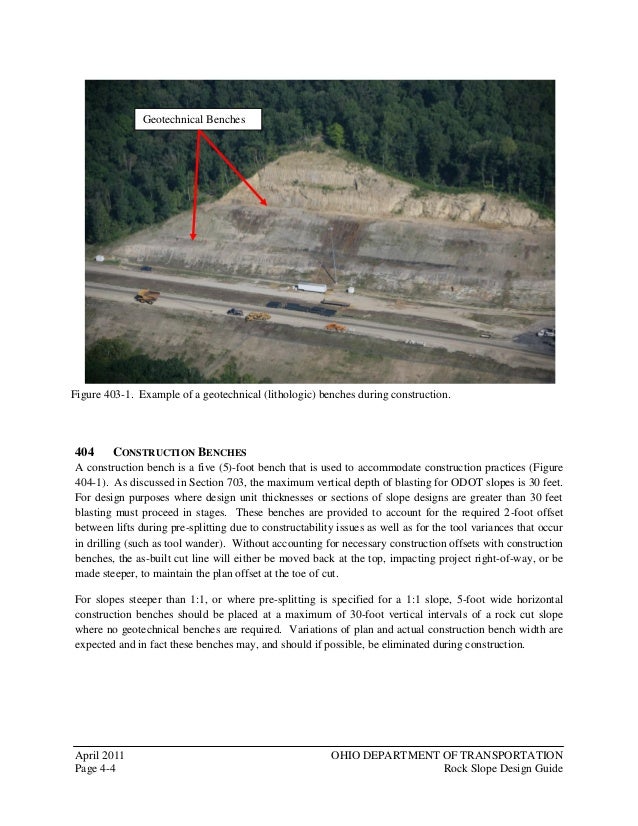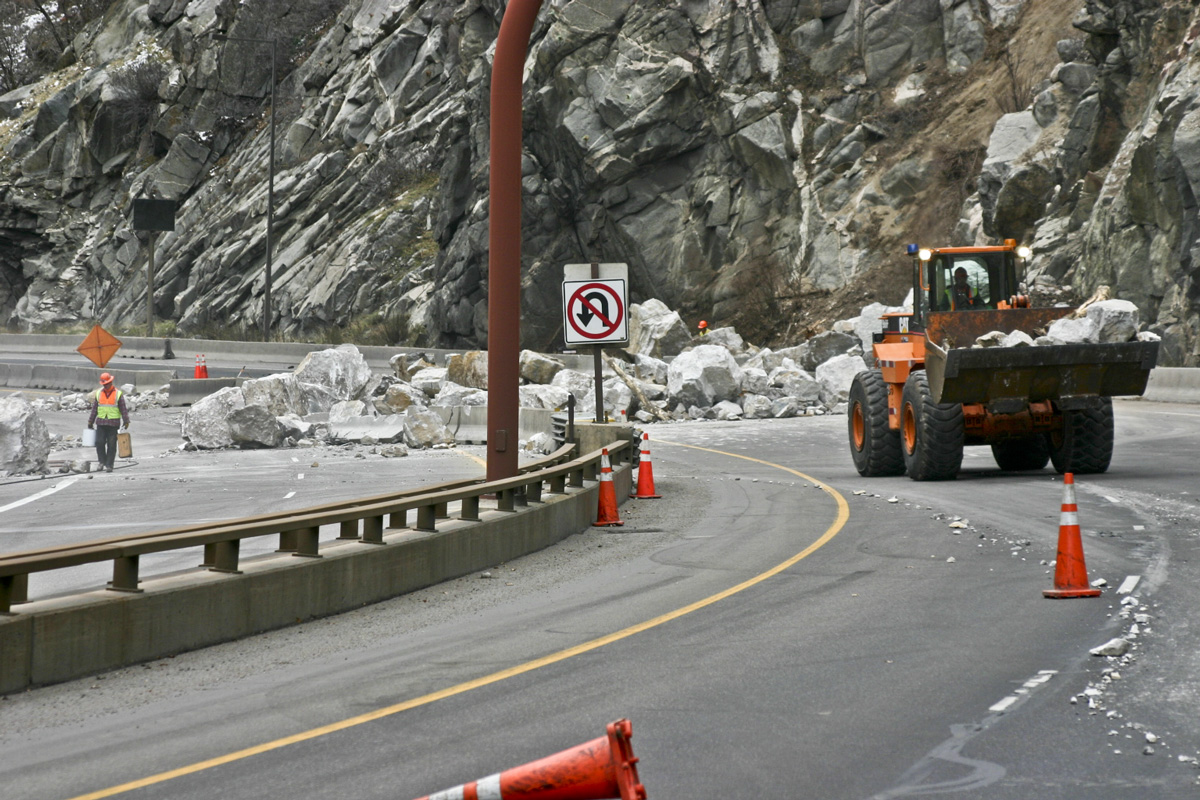Colorado Rockfall Simulation Program Version 5.0 The Colorado Rockfall Simulation Program (CRSP) was developed in 1987 to estimate the velocity, energy, and bounce heights of rockfall, which in turn forms a basis for selection of designs for mitigation. May 08, 2016 Focus - Colorado Rockfall Simulation Program: Modeling Rockfall in 3. D - FHWA- HRT- 1. The Colorado Rockfall Simulation Program (CRSP) was developed in 1987 to estimate the velocity, energy, and bounce heights of rockfall, which in turn forms a basis. Providing the popular Colorado Rockfall Simulation Program computer software Providing comment and guidance for proposed rockfall mitigation Providing educational resources so that the people of Colorado our many visitors might better understand rockfall and the risk associated with living in and traveling through mountainous terrain.

- Analytical Simulation of Rockfall Prevention Fence Structures Research Report 1993-20, Authors: G.G.W. Huttelmaier, Keywords: Rockfall CDOT Flex-Post Rockfall Fence.
- Colorado Rockfall Simulation Program (CRSP) The Colorado Geological Survey (CGS) is now handling distribution of the Colorado Rockfall Simulation Program (CRSP). They can be reached at: Colorado Geological Survey 1313 Sherman St. Room 715 Denver, CO 80222 303-866-2611 303-866-2461 (Fax) www.geosurvey.state.co.us. The CGS sells the program as publication number MI 66 for $25.
The Colorado Rockfall Simulation Program (CRSP) was developed to provide a statistical analysis of probable rockfall behavior at any given site and to be used as a tool to study the behavior of rockfalls, to determine the need for rockfall mitigation, and to aid in the design of rockfall mitigation. The basic theory behind CRSP is summarized, and the results of recent program modifications and calibration are discussed. CRSP uses numerical input values assigned to slope and rock properties to model rockfall behavior. The model applies equations of gravitational acceleration and conservation of energy to describe the motion of the rock. Empirically derived functions relating velocity, friction, and material properties are used to model the dynamic interaction of the rock and slope. The statistical variation among rockfalls is modeled by randomly varying the angle at which a rock impacts the slope within limits set by rock size and slope irregularities. The program provides estimates of probable velocity and bounce height at various locations on a slope. Experimental verification and calibration of CRSP was conducted by analyzing videotapes of rocks traveling down a slope. A comparison of rock velocity and bounce height obtained from the tapes with CRSP prediction indicates reasonable agreement. Also, an evalution of the sensitivity of input parameters indicates that slope angle and surface roughness are the most important parameters on steep slopes. Design graphs are developed based on CRSP simulations by using surface roughness and slope angle to estimate rock velocity and bounce height on uniform slopes.
- Record URL:
- http://onlinepubs.trb.org/Onlinepubs/trr/1990/1288/1288-014.pdf
- Record URL:
- https://scholar.google.com/scholar_lookup?title=ROCKFALL+HAZARD+ANALYSIS+USING+THE+COLORADO+ROCKFALL+SIMULATION+PROGRAM&author=T.+Pfeiffer&author=J.+Higgins&publication_year=1990
- Availability:
- Find a library where document is available. Order URL: http://worldcat.org/isbn/0309050642
- Supplemental Notes:
- This paper appears in Transportation Research Record No. 1288, Geotechnical Engineering 1990. Distribution, posting, or copying of this PDF is strictly prohibited without written permission of the Transportation Research Board of the National Academy of Sciences. Unless otherwise indicated, all materials in this PDF are copyrighted by the National Academy of Sciences. Copyright © National Academy of Sciences. All rights reserved
- Authors:
- Pfeiffer, Timothy J
- Higgins, Jerry D
- Publication Date: 1990
Media Info
- Features: Figures; Photos; References; Tables;
- Pagination: p. 117-126
- Monograph Title: Geotechnical engineering 1990 - soils, geology and foundations
- Serial:
- Issue Number: 1288
- Publisher: Transportation Research Board
- ISSN: 0361-1981


Subject/Index Terms
- TRT Terms: Acceleration (Mechanics); Angularity; Calibration; Design; Dynamics; Elasticity (Mechanics); Energy conservation; Equations; Forecasting; Friction; Gravitation; Hazards; Impact; Properties of materials; Rock mechanics; Rockfalls; Roughness; Simulation; Slopes; Statistical analysis; Traffic mitigation; Velocity; Videotapes
- Uncontrolled Terms: Bounce; Impact angle; Mitigation; Verification
- Old TRIS Terms: Angles, geometry; Gravitational acceleration
- Subject Areas: Data and Information Technology; Design; Energy; Environment; Geotechnology; Highways; Materials; I43: Rock Mechanics;
Filing Info
Colorado Rockfall Simulation Program Download
- Accession Number: 00607757
- Record Type: Publication
- ISBN: 0309050642
- Files: TRIS, TRB, ATRI
- Created Date: Apr 30 1991 12:00AM


